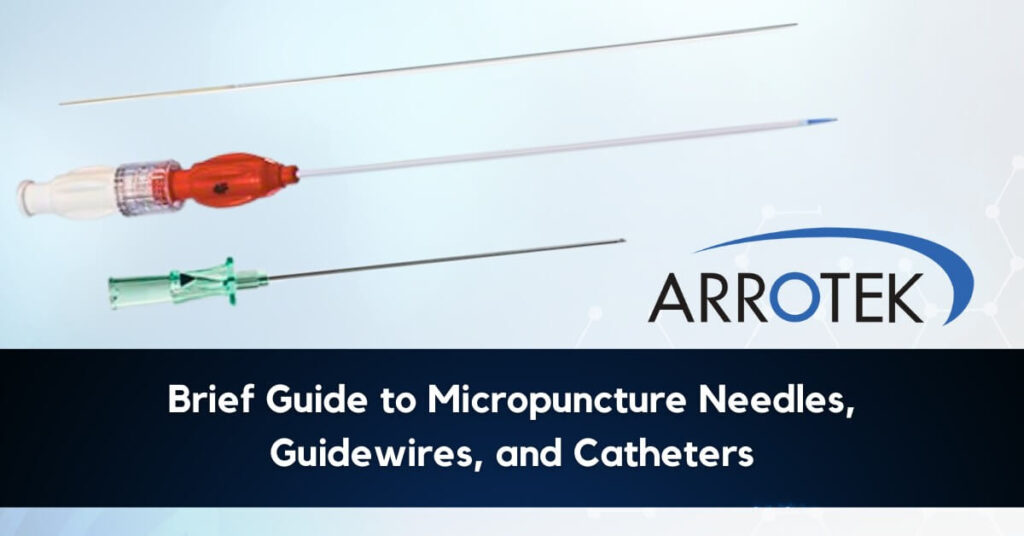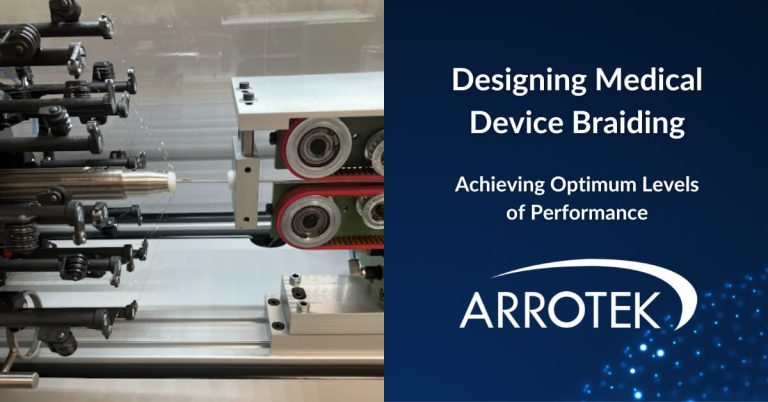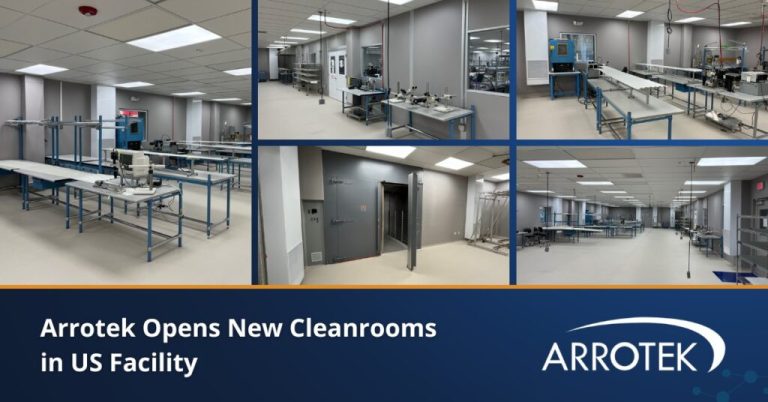
By Paula Johnson
The use of micropuncture needles, guidewires, and catheters has revolutionized many vascular access procedures. They provide an alternative to the standard method of gaining vascular access with benefits to the patient and the team completing the procedure.
If you are developing an idea for a new medical device product, there is a range of interventional radiology applications that micropuncture needles, guidewires, and catheters are suitable for. This includes PICC line access, balloon angioplasty procedures, stent delivery, angiography, and more. Micropuncture devices are also increasingly being used in interventional cardiology, as well as other medical specialties.
What Are Micropuncture Needles, Guidewires, and Catheters?
Micropuncture devices are smaller than standard devices. With standard vascular access techniques, the components are designed to accommodate the full-size guidewire that is needed to complete the procedure. With a micropuncture technique, you first gain access to the vessel with a much smaller hole before introducing a catheter that can accommodate your full-size wire.
In terms of sizes, the needles used in standard access procedures are 18G, whereas micropuncture needles are 21G (21G is 21 gauge, so the larger the number, the smaller the needle). Standard guidewires are usually either 0.035″ or 0.038″ in diameter. A micro access guidewire, on the other hand, is 0.018″.
As for the catheter, it is typically 4Fr or 5Fr.
How Micro Access Needles, Guidewires, and Catheters Work
There are three main steps for gaining vascular access using micropuncture needles, guidewires, and catheters:
- Using ultrasonic guidance, the clinician cannulates the vessel with the micropuncture needle. As ultrasonic guidance is used in most procedures, micropuncture needles typically have echogenic markings.
- Using the Seldinger technique, the guidewire is passed through the micropuncture needle. The needle can then be removed, leaving only the guidewire in the vessel.
- The catheter is then passed – or railroaded – over the wire and into the vessel.
Benefits of Micropuncture Needles, Guidewires, and Catheters
As the hole made with a micropuncture needle is smaller, there is usually less bleeding. Other benefits of using micro access components in your medical device product include:
- Reduces the occurrence of venous rupture, especially in patients whose peripheral veins are poor.
- Less force is needed by the clinician when gaining access.
- Reduces trauma to the patient.
- Reduces the risk of hematomas.
- Reduces the risk of other entry point complications.
- Less painful for the patient.
- Reduces patient recovery times.
- Can reduce the amount of time the patient needs to spend in hospital post-procedure.
Furthermore, micropuncture needles, guidewires, and catheters can reduce the cost of interventional radiology procedures while also increasing efficiency. For example, a patient might need a unit of blood if a hematoma occurs. In this situation, the unit of blood adds to the cost of the procedure plus the procedure will be longer, so the medical team will be required for longer.
In summary, micropuncture needles, guidewires, and catheters improve vascular access in a range of interventional radiology procedures. They cause less bleeding and trauma, they make it easier for the clinician to gain access to the vessel, and they can reduce costs.
Design Advice, Manufacturing Expertise
At Arrotek, we can help with designing and specifying micropuncture needles, guidewires, and catheters for your new medical device product. We also have wide-ranging manufacturing capabilities and extensive experience manufacturing 18G needles, 0.018” guidewires, and similar components. To speak to a member of our team, please complete the contact form below.





